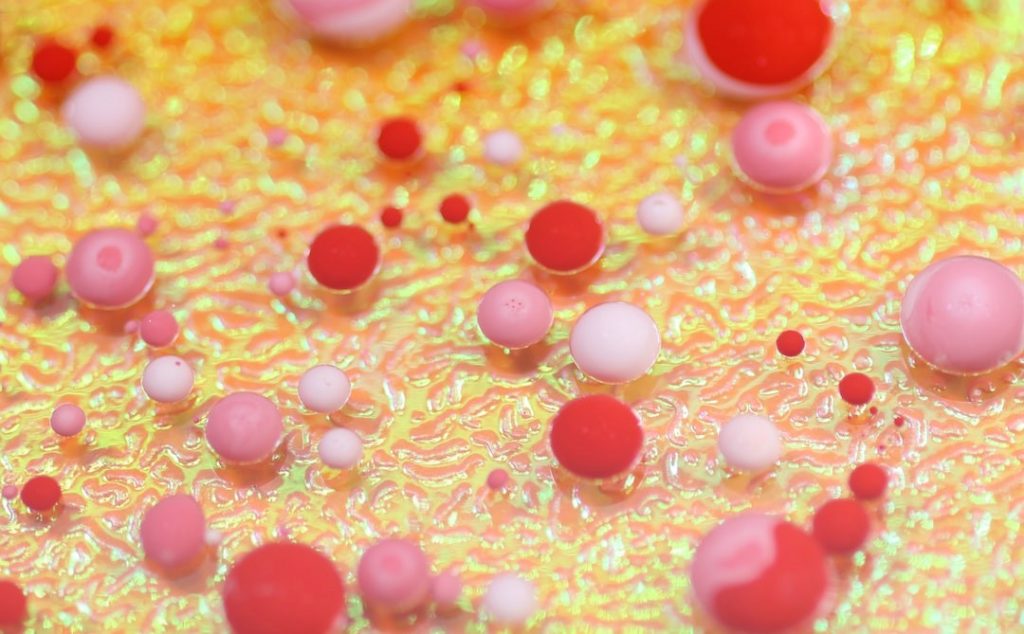The Marvel of Life: Understanding Cells in the Human Body
Cells are the building blocks of life, forming the foundation of all living organisms. In the human body, cells play a vital role in maintaining life, carrying out essential processes, and forming complex tissues and organs. Understanding the structure and function of cells is key to unlocking the secrets of biology and medicine.
What Are Cells?
A cell is the smallest functional unit of life, capable of performing all the necessary activities to sustain itself. Human beings are made up of trillions of cells, each specialized to perform unique functions. Despite their microscopic size, cells are incredibly complex, containing numerous components that work together seamlessly.
Types of Cells in the Human Body:
The human body contains more than 200 different types of cells, each designed to carry out specific functions. Broadly, these can be categorized into:
- Red Blood Cells: Transport oxygen to tissues and remove carbon dioxide from the body.
- White Blood Cells: Form part of the immune system, defending the body against infections.
- Muscle Cells: Responsible for movement and force generation.
- Nerve Cells: Transmit signals between the brain and other parts of the body.
- Epithelial Cells: Line surfaces and cavities, forming protective barriers.
- Stem Cells: Undifferentiated cells that have the potential to become specialized cell types.
Structure of a Cell:
Cells are composed of several key components, each with specific roles:
- Cell Membrane: Acts as a protective barrier, controlling the movement of substances in and out of the cell.
- Nucleus: The control center of the cell, housing genetic material (DNA) that dictates cellular function.
- Cytoplasm: A jelly-like substance where various organelles perform their functions.
- Mitochondria: Known as the powerhouse of the cell, they produce energy in the form of ATP.
- Endoplasmic Reticulum and Golgi Apparatus: Involved in the synthesis, folding, and transport of proteins and lipids.
- Lysosomes: Contain enzymes to break down waste and cellular debris.
Functions of Cells:
Cells are essential for the body’s survival and functionality. Their primary roles include:
- Energy Production: Cells generate energy to power bodily functions.
- Communication: Nerve cells transmit signals for coordination and response.
- Protection: Cells like skin cells create barriers against environmental damage.
- Repair and Growth: Cells replicate and replace damaged tissues.
- Immune Defense: White blood cells identify and combat harmful pathogens.
Cell Division and Growth:
Cells reproduce through processes like mitosis and meiosis. Mitosis ensures the replacement of old or damaged cells, while meiosis is essential for reproduction, producing gametes (sperm and egg cells).
The Importance of Cell Research:
Advances in cell biology have led to breakthroughs in medicine, such as understanding diseases like cancer, which arises from uncontrolled cell growth. Stem cell research holds promise for regenerative medicine, offering potential treatments for conditions like Parkinson’s disease and spinal cord injuries.
Conclusion:
Cells are the fundamental units of life, orchestrating a symphony of processes that sustain the human body. From transporting oxygen to fighting infections, they perform a myriad of roles crucial to survival. As research delves deeper into the mysteries of cells, the potential for medical innovation and understanding life itself continues to expand, highlighting their unparalleled importance in human biology.


